You can understand the history of Ryukyu at “Shikinaen

Devastated by the Battle of Okinawa, it was rebuilt after the war for 800 million yen over many years and was registered as a World Cultural Heritage site in 2000 as one of the “Gusuku and Related Properties of the Kingdom of Ryukyu”.
The beautiful garden, which blends Chinese, Japanese, and Okinawan cultures and is centered around the Shinji Pond, is not very crowded, so visitors can take a stroll while contemplating the history.
Point 1: Deep understanding of Ryukyu’s relationship with China
During the Ryukyu Dynasty, each time the king of the Ryukyu Islands changed, the relationship was recognized by the Chinese emperor.
A sappōshi (冊封使) was an envoy of the Chinese emperor. The Sappou envoys were a delegation of 400 to 500 people who stayed in Ryukyu for about six months until the wind changed and ships were ready to sail. A variety of hospitality was required.

Visitors can take off their shoes to visit the Goten (uden).

Every corner is filled with hospitality, including a view of the beautiful garden from the best room you can sit in.
Point 2: Chinese, Japanese, and Ryukyuan cultures fuse and harmonize.

Shinji-ike Pond is a garden structure commonly seen in Japan. The bridge over the pond is made of Ryukyu limestone, and the pavilion is a Chinese-style building.
The respectful incorporation of each culture is not a mere fusion, but a beautiful harmony.
Shikina-en Garden is a circular garden where visitors can walk around the pond.
In the Ryukyu period, people entertained visitors by floating boats on the pond and setting off fireworks. You can see what it was like in those days.
Point 3: Beautiful view from Kanko-dai

The garden is also planted with cycads, lantana, deigo, and other plants typical of Okinawa, and is well cared for, so beautiful flowers can be seen at any time of the year.

At the end of the guided route is Kankodai, a viewing platform.
It was built so that visitors could not see the ocean, which made the Ryukyuan envoys believe that Ryukyu was a large country, and the sunset reflected in the rice paddies was a reminder of the old days.
It is still a beautiful view today. What kind of scenery did royalty and envoys enjoy? It makes us want to think about the history of the area.


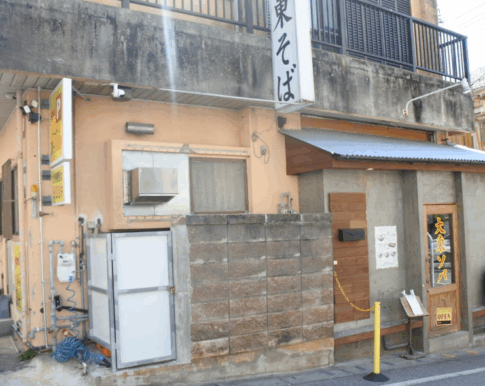
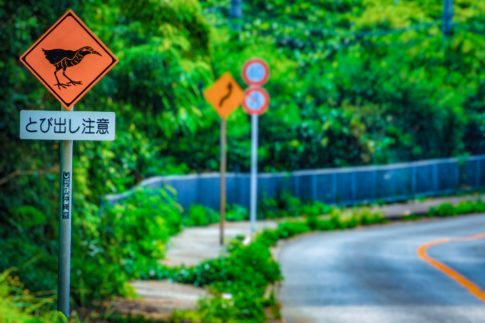
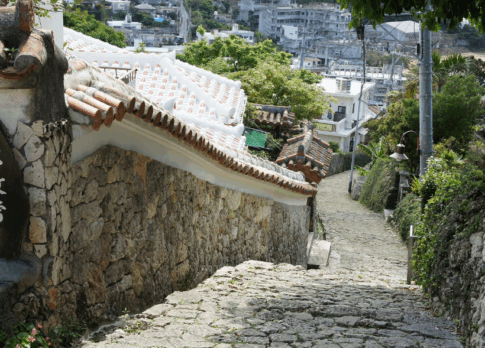
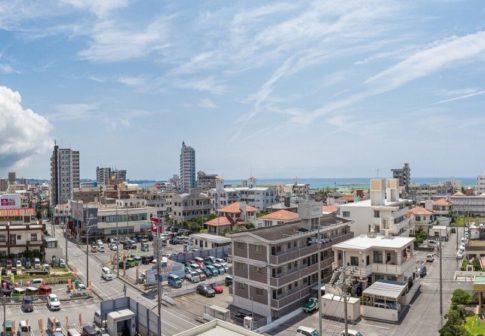
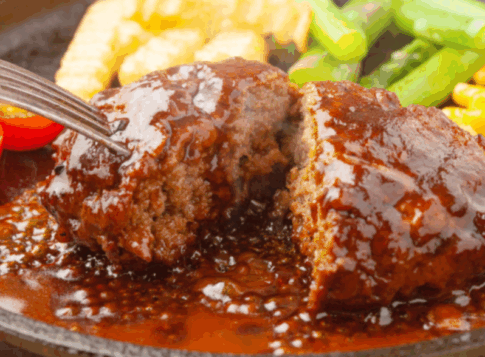
Leave a Reply